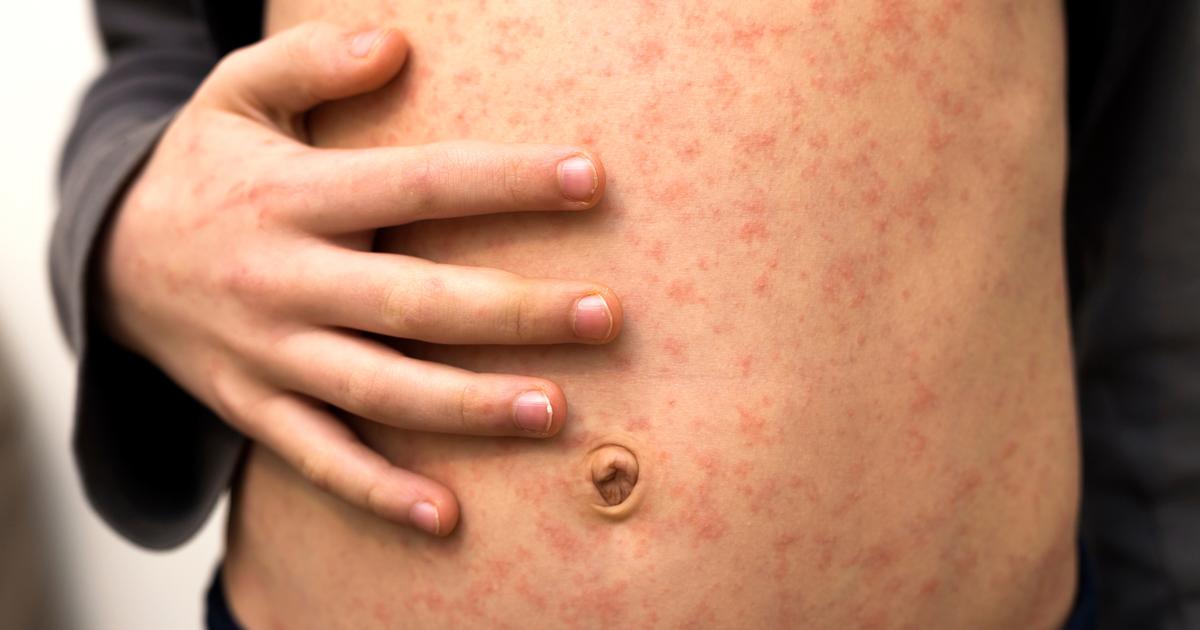What is “parrot fever,” a disease that has already killed five people in Europe?

It’s not avian flu, but the World Health Organization (WHO) is keeping a close eye on the matter. A number of cases of ornithosis, also called psittacosis or “parrot fever”, have been reported in Europe in recent months and after five deaths since November, health officials have been alerted.
The Belgian daily Le Soir notes that “the number of cases has increased sharply in Germany, Austria, Denmark, Sweden and the Netherlands. Four have died in Denmark and one in the Netherlands.
What is it due to?
“Parrot fever” is an infectious disease caused by bacteria Chlamydia psittaciAccording to the sheet established by the National Institute for Research and Safety (INRS).
The bacteria “have been detected in more than 460 species of birds worldwide,” including parakeets, parrots, but also backyard birds like ducks and pigeons. It is mostly found in bird droppings or secretions. Affected animals, relatively common in France, are “the main source of human contamination”, the INRS clarifies.
How is it transmitted to humans?
Most cases of infection in humans are related to poultry workers, who are more likely to be exposed to the bacteria than the rest of the population. In France, the disease is mostly recognized in regions with high populations of breeding birds, such as the west and southwest of the country.
Infection occurs “mostly through inhalation of infectious dust contaminated by bird droppings: when an infected bird or its feathers or tissues are handled,” the INRS details. However, the possibility of a human epidemic remains unlikely, as “human-to-human transmission has been demonstrated very rarely,” assures the organization. No cases caused by consumption of animal products (meat or eggs) have also been reported.
What are the symptoms of the disease?
When transmitted to humans, the incubation period of ornithosis is 5 to 19 days. Most often, the disease manifests itself in the form of “atypical pneumonia manifested by a flu-like syndrome”, INRS emphasizes. This can lead to headache, chills, muscle aches or in almost all cases a cough.
In about a third of cases, this can be accompanied by digestive complications with diarrhea. Cases of respiratory distress, neurological or cardiac complications have also been reported, although less frequently. The disease can be fatal in humans if untreated (10 to 20% of cases), but this percentage is less than 1% if the patient is treated.





:quality(85)/cloudfront-us-east-1.images.arcpublishing.com/infobae/TSUYG3D6XZBOFFB3IMKKH74QRU.jpg)